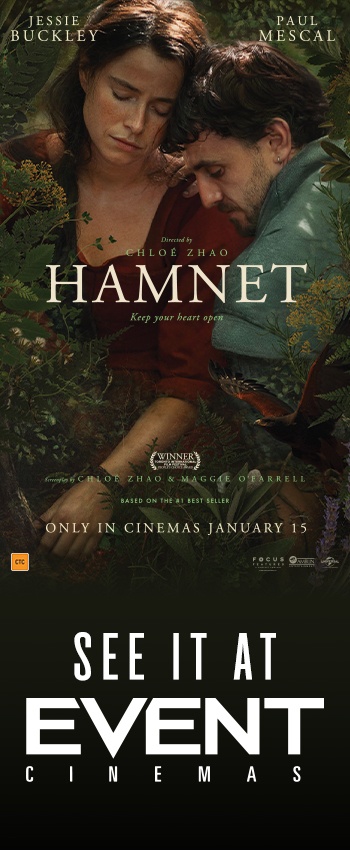A dramatization of the 1980 joint CIA-Canadian secret operation to extract six fugitive American diplomatic personnel out of revolutionary Iran.
The Iranian Hostage Crisis dominated news in the western world in 1979. The militants who occupied the US Embassy in Tehran and held 52 Americans hostage committed an act that was particularly newsworthy because it was unprecedented. The concept of embassies works only because everyone agrees to treat them as off-limits in a conflict.
The students and activists who took over the US Embassy in the name of the Iranian revolution were angry at the US for supporting the rule of the former leader of Iran, the Shah. The Shah was in the United States for medical reasons and Iran wanted him back to stand trial. The crisis continued for 444 days. There was a botched attempt at a military rescue and in the end the matter was settled through diplomatic negotiation. Six members of the US Embassy staff escaped capture and hid in the home of the Canadian Ambassador. Eventually, an unusual plan was devised to get them out of Iran. It was decided that Tony Mendez, a CIA operative, would enter the country posing as a Hollywood movie producer scouting locations for a (fictitious) science fantasy film called “Argo”. Later he was to exit the country through the airport with the six embassy staff posing as members of the movie’s crew.
This true story was declassified from CIA files in the late 1990s and is well-known among espionage and political geeks. Actor-director Ben Affleck has used these facts as the basis of his third outing as a feature film director. Another famous hyphenate, actor-director George Clooney, produced ARGO and Affleck’s film shares the kind of solidity and non-flashiness of the movies that Clooney has developed.
A lot of care has been lavished on period details. The sense that hair, wardrobe and props are spot-on is reinforced by the clever side-by-side shot comparisons that run through the end credits. We are allowed to see pictures of the actual participants alongside pictures of the actors who play them. The storming of the US Embassy gates is compared with the recreated footage. The filmmakers are obviously and justly proud of the work that has gone into this.
There are some who have criticised Affleck and writer Chris Terrios’ interpretation of the events of the hostage crisis. There are plenty of moments that one can describe as “Hollywoodised” if one wants to play the part of Captain Suckfun. Suffice to say, history buffs will not be best pleased by the dramatisation of the final moments in the airport. The last quarter of the film, which covers the journey through the airport in Tehran, is very tense indeed. At the screening I attended, the people I spoke with, all agreed that knuckles were whitened and stomachs churned by the dramatic intensity of this end section.The audience is gripped by the fear that somehow airport customs, or the Iranian Revolutionary Guards will see through the ruse of the phoney movie crew.
The movie is all plot with almost no charcaterisation to speak of. This would be a negative for many films, but here it barely matters. It isn’t necessary for us to have a deeper understanding of the participants. Having said this, I think Affleck erred in casting himself as CIA man Mendez. His performance is under done and I would lay the blame on self-direction.
ARGO begins with an elegant summation of the events that lead to the crisis and proceeds to engage the audience for the next two hours. This is well-made, middlebrow entertainment for adults who want a little more than gunplay and explosions on a Saturday night.
ARGO is screening around Australian now. I rated it 6/10.




